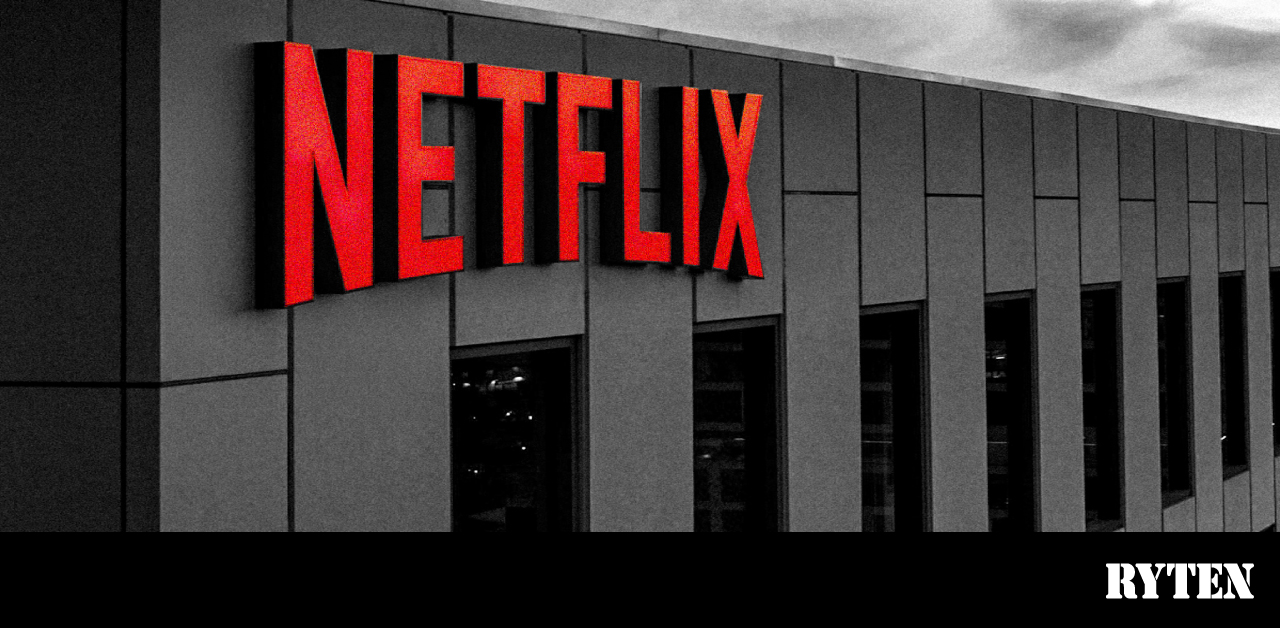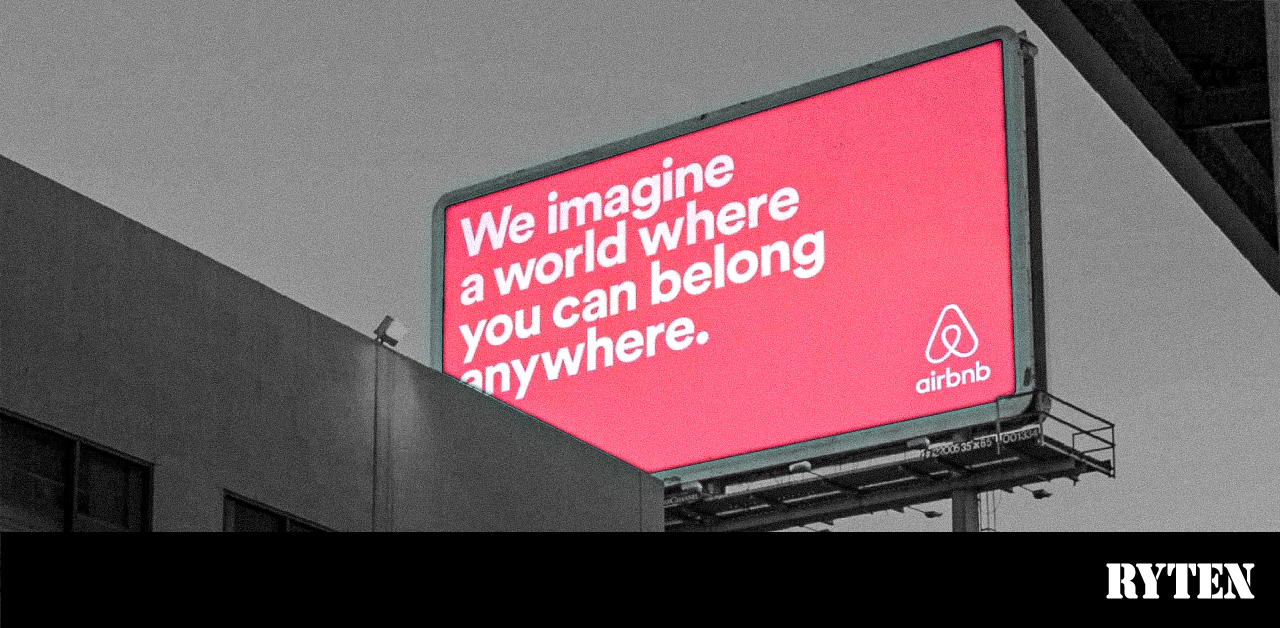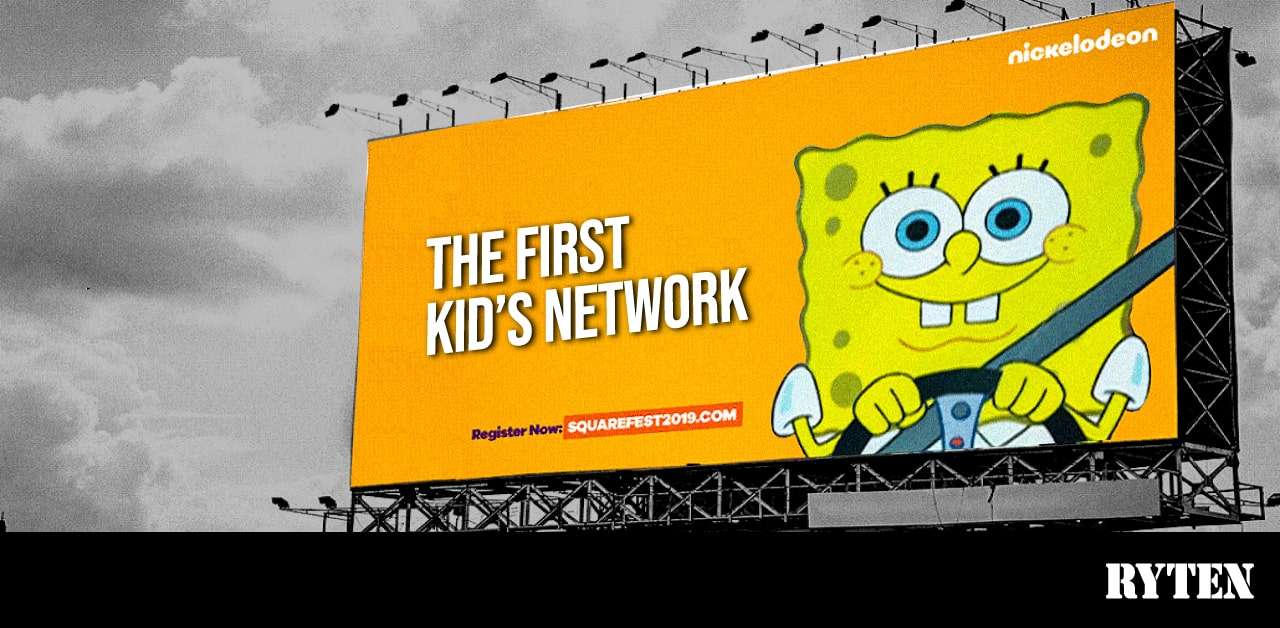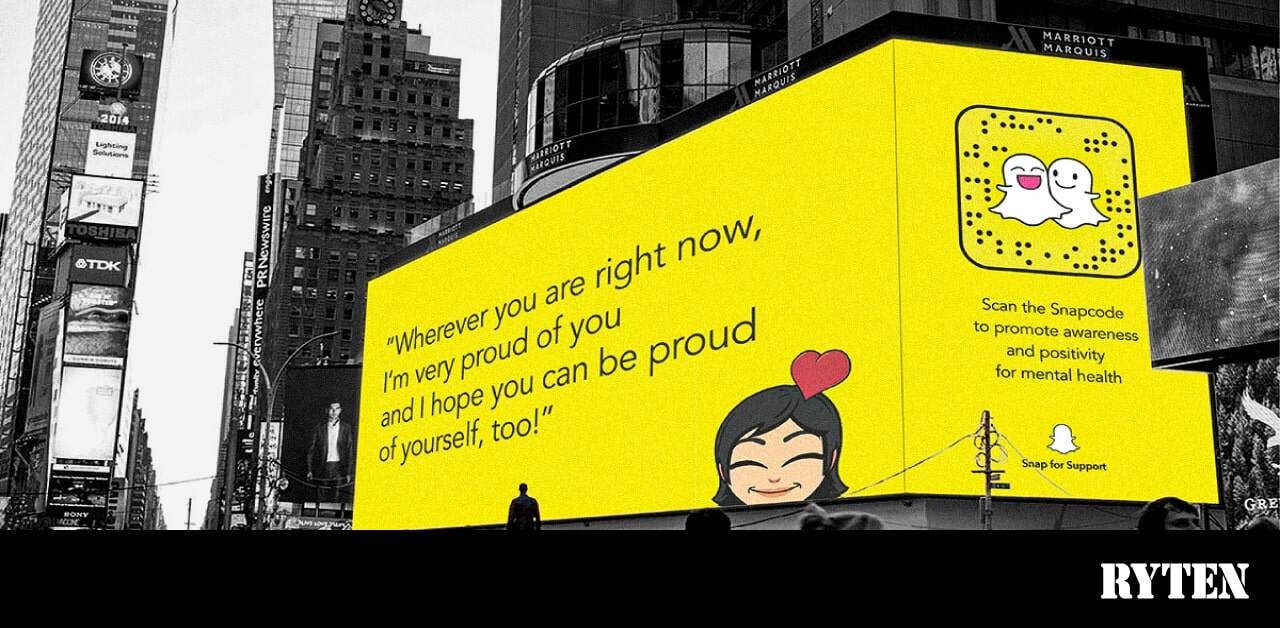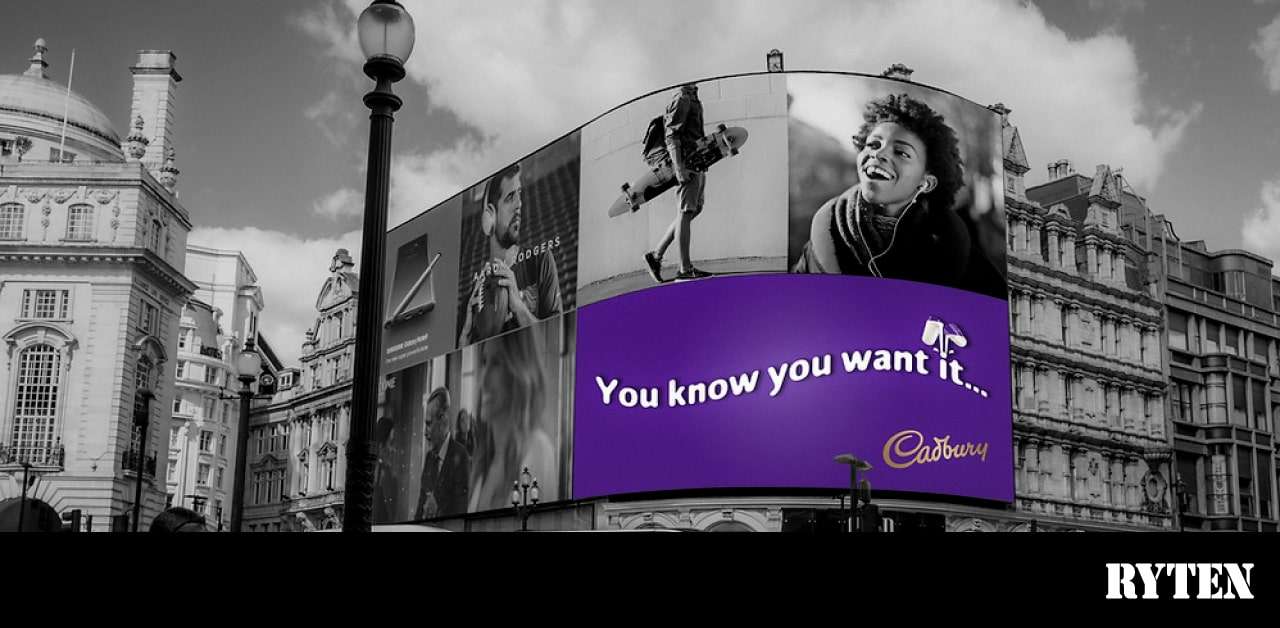FROM A SINGLE STORE TO THE LARGEST COFFEE-HOUSE CHAIN: SUCCESS STORY OF STARBUCKS
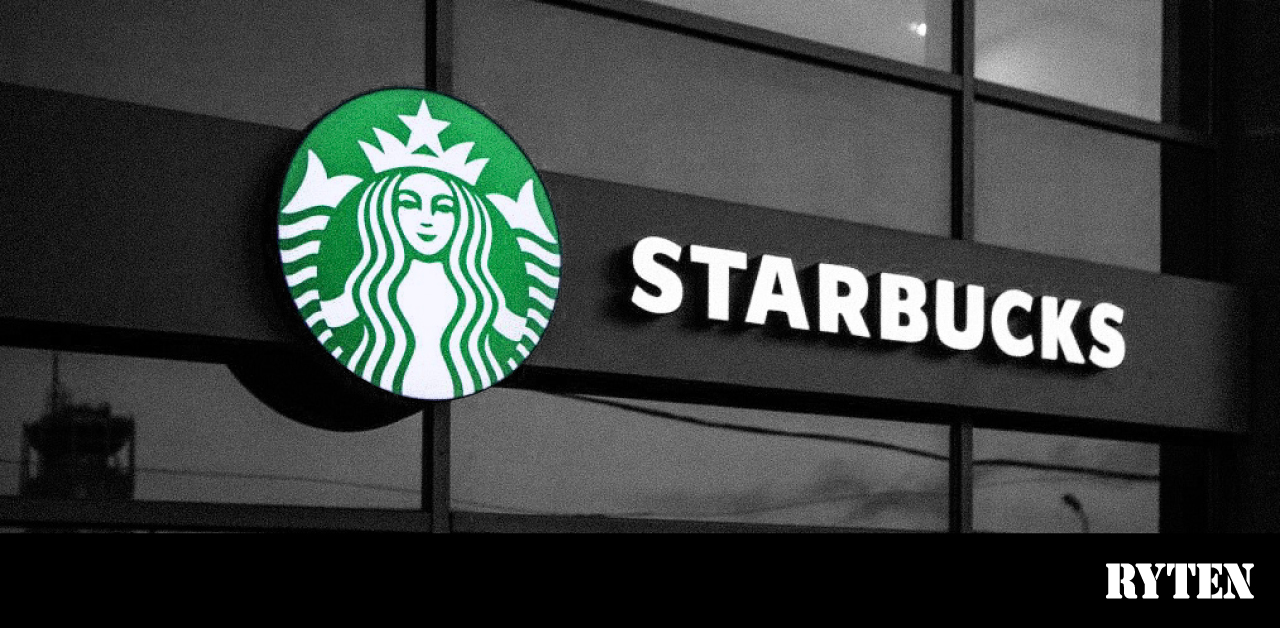
5 Fantastic Facts About Starbucks:
- The logo of Starbucks was super controversial because the siren was naked and had nipples exposed.
- There are more than 87,000 drinks on the “secret menu,” which is a huge list of drink combinations that aren’t on the regular menu of Starbucks.
- Starbucks was the first brand to reach 10 million likes on its Facebook page back in 2010, which has now skyrocketed to more than 36 million.
- Starbucks has its own record label called Hear Music, created with Concord Music Group in 2007 and includes huge performers, like Paul McCartney, James Taylor, and Joni Mitchell.
- The secret meaning behind partners’ aprons for over 400,000 baristas. where the green apron symbolizes Starbucks and the black apron is for the coffee masters.
Introduction
Starbucks, an American company that is the largest coffee-house chain in the world. Starting from a single coffee bean store in Seattle in the year 1971 to a 30,000 cafe international coffee giant at the end of the millennium.
Currently, Starbucks’ position as the leading coffee organization is highly dependent on the global expansion policy. Starbucks has a great opportunity for future expansion globally. The main objective is basically to expand its branches all over the world, broaden the current retail business, develop new techniques, and products and lastly introduce new distribution channels to achieve its goals.
How Starbucks Started
Three local businessmen wanted to sell high-quality whole bean coffee. So, in 1971, they came up with a plan and established Starbucks. The start was with selling coffee beans roasted by Peet’s, a gourmet coffee company in Berkeley, California. Then they began roasting their own coffee beans. For 10 years, the stores just sold beans, though those were really popular and profitable. In 1982, they finally started to sell brewed coffee.
Story Behind the Name and Logo
The name of the company was initially inspired by the classic tale, the name of the first mate of the whale-ship Pequod, the ship, “Moby-Dick,” evoking the seafaring tradition of the early coffee traders. The background of the Starbucks Coffee founders suggested a connection to this literary classic. Later on, after around ten years, a young New Yorker named Howard Schultz walked through the doors and became captivated with Starbucks coffee from his first sip.
Whereas in the logo, the mermaid-type figure gracing the front of the most loved and popular cups was meant to be a seductive sea siren, which represents the brand’s nautical theme. She was not initially connected to the literary character Starbucks, but now she has been forever associated with the company’s powerful name. According to Starbucks representative Tyler Krivich, “Starbucks’ name comes from the author Herman Melville’s Moby Dick novel, but the famous Siren logo was discovered while scouring old marine books.” The logo has gone through changes over time, including its color in 1987, after going through quite some controversy for the logo’s exposed chest, followed by a more modern adaptation in 1992. But the most prominent change happened in the year 2011. The Siren received a full makeover. Her hair became a little more modern-looking and she had some work done on her face. The best part was the words “Starbucks Coffee” were also removed from the logo, as people could immediately associate with the coffee chain.
Next time you go on a date to Starbucks with your favorite one, It will be a perfect story to impress your date over a cup of warm coffee.
First Model
As mentioned, their start was with coffee beans and their first coffee store was in Seattle, Washington. It expanded its headquarters in Seattle in 1990 and opened 60 retail shops in the United Kingdom. And guess what? At the end of the 2000s, Starbucks had a total of 3500 branches.
Tough Time
In an interview with The Seattle Times in 2008, Chairman and CEO Howard Schultz talked about their tough decisions. They were having fewer customer visits and they were assuming that customers were unhappy and not liking the experience. They were closing most of the Australian stores because of the extremely high rents and expensive labor rates.
Future of Starbucks
One of the rapidly growing industries in this world is Coffee. In the USA alone, 49% of Americans aged 18 and older drink coffee beverages every day, according to the national coffee association. Starbucks changed the idea of coffee shops by creating an accessible and mainstream third place and redesigning luxury with affordability.
Starbucks expects store sales growth of 4% to 5% annually, both globally and in the US, driven by expected incremental returns from investments in retail store partners. And in China, they expect this growth of 2% to 4%. They’re continuing to open new stores at a fast pace in its fastest-growing market.
Key Milestones of Starbucks
1971: Jerry Baldwin, Zev Siegl, and Gordon Bowker opened the first store of Starbucks in Seattle’s Pike Place Market.
1982: Howard Schultz joins Starbucks as director of retail operations and marketing. Starbucks began to provide coffee to fine restaurants and espresso bars.
1984: Howard convinced the founders to test the coffeehouse concept. The first Starbucks® Caffè Latte is served.
1985: Schultz founds Il Giornale, offering brewed coffee and espresso beverages made from Starbucks® coffee beans.
1987: Il Giornale acquired the Starbucks assets for $3.7 million with some help from local investors. The name was changed to Starbucks Corporation and opened in Chicago and the first store outside the United States in Canada.
The total number of stores: 17.
1988: Started offering full health benefits to eligible full- and part-time employees, including coverage for domestic partnerships.
The total number of stores: 33.
1989: Total number of stores: 55.
1990: Expanded its headquarters in Seattle. As well as it unveiled its Mission Statement: “To establish Starbucks as the premier purveyor of the finest coffee in the world while maintaining our uncompromising principles as we grow.”
The total number of stores: 84.
1991: Starbucks was the first privately owned U.S. Company that offered a stock option program that also included part-time employees. Alongside opened the first licensed airport store at Seattle’s International Airport.
The total number of stores: 116.
1992: At the beginning of that year, Starbucks had 140 outlets with revenues of $73.5 million and a company value of U$ 271 million. Starbucks had its initial public offering and sold 12% of the company, facilitating the expansion of the stores to nearly double the number.
The total number of stores: 165.
1993: Opened a roasting plant in Kent, Wash and announced the first two-for-one stock split.
The total number of stores: 272.
1994: Opened the first drive-thru location.
The total number of stores: 425.
1995: Began serving Frappuccino® blended beverages.
Debuted its first album, “Blue Note Blend.”
The total number of stores: 677.
1996: Began selling bottled Frappuccino® coffee drinks through North American Coffee Partnership.
The total number of stores: 1,015.
1997: Established The Starbucks Foundation.
The total number of stores: 1,412.
1998: Extended the Starbucks brand into grocery channels across the U.S.
The total number of stores: 1,886.
1999: Starbucks acquired Tazo Tea and Hear Music.
Partnered with Conservation International to promote sustainable coffee-growing practices.
The total number of stores: 2,498.
2000: The total number of stores: 3,501
2001: Introduced the Starbucks card.
The total number of stores: 4,709.
2002: Established Starbucks Coffee Trading Company (SCTC) in Lausanne, Switzerland.
Launched Wi-Fi in stores.
The total number of stores: 5,886.
2003: Acquired Seattle Coffee Company, including Seattle’s Best Coffee® and Torrefazione Italia® coffee.
The total number of stores: 7,225.
2004: Acquired Ethos Water.
The total number of stores: 10,241.
2008: Launched the first Starbucks online community and joined Twitter and Facebook.
The total number of stores: 16,680.
2009: Launched My Starbucks Rewards® loyalty program and first iPhone® app with Starbucks Card mobile payment.
2013: Opened 1,000th stores in China and Japan.
The total number of stores: 19,767.
2014: Starbucks revenues have increased 11%, earnings per share surged 22% to a Q3 record $0.67, and it has 20,519 stores across 64 countries.
2018: Committed to new environmental goals: phasing out disposable plastic straws by 2020 and operating 10,000 ‘Greener Stores’ globally by 2025.
The total number of stores: 29,865.
2019: Opened Starbucks Reserve® Roastery locations in Tokyo and Chicago.
The total number of stores: 31,795.
2020: Introduced strawless lids for iced beverages in stores in the U.S. and Canada.
The total number of stores: 32,660.

